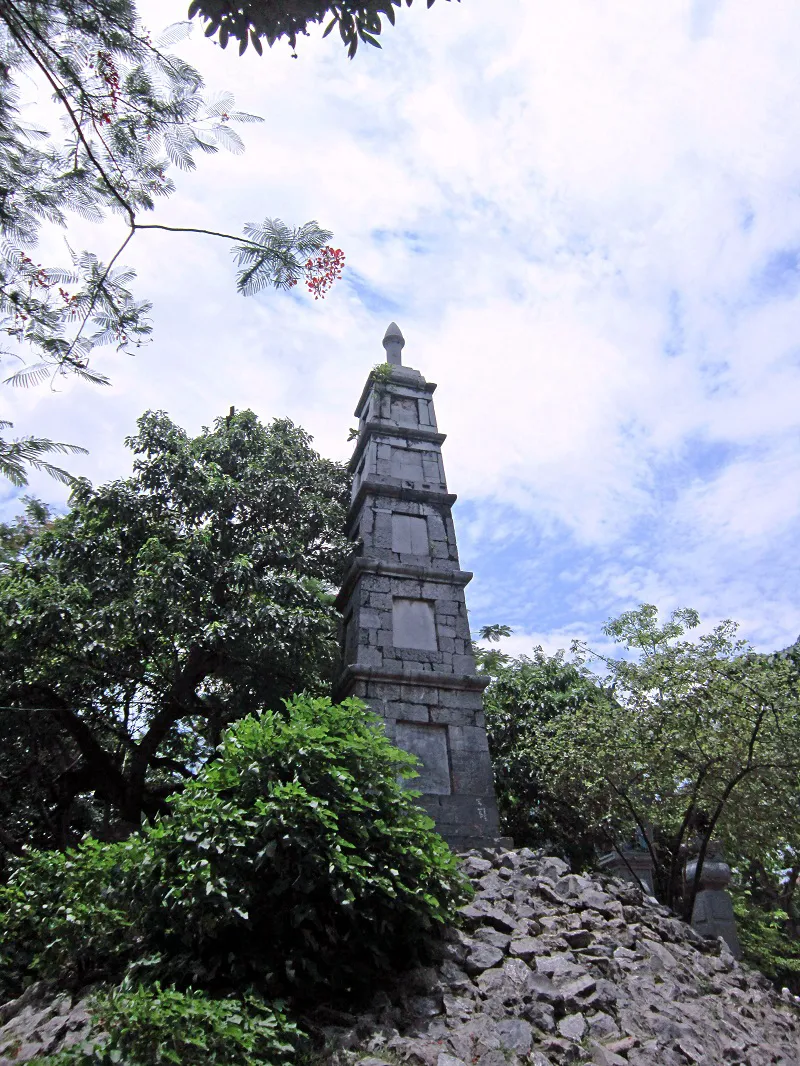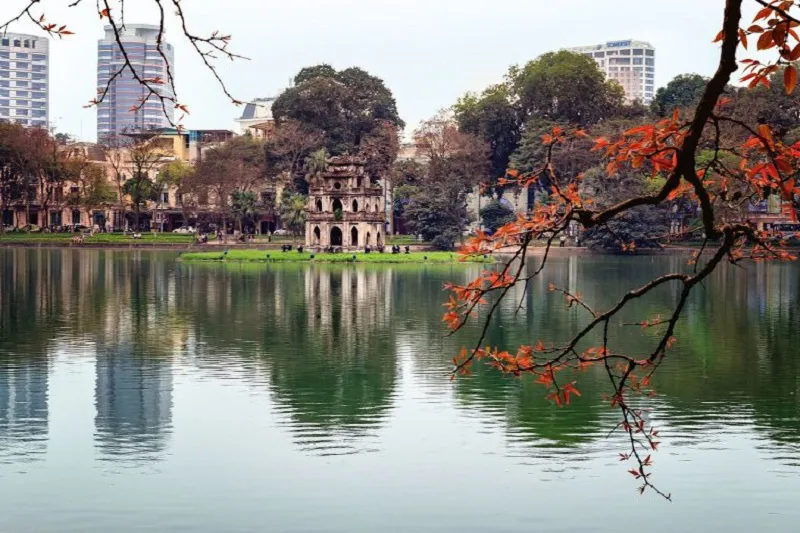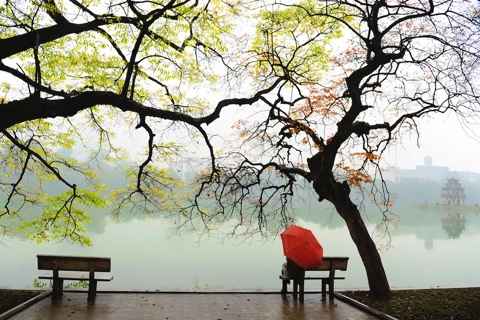Hanoi’s landmarks stand the tests of time - Part 1: The holly relics
Founded over thousand years ago, Hanoi capital grew from swamplands into the charismatic city as it is today with hundreds of historical architecture works.
Through many ups and downs of history, Hanoi’s downtown today still remains the ancient parts in the modern city with unique identity, thanks to culture and architecture works of the land of thousands of years.
Pen Tower - Writing to the blue sky
| Together with Ngoc Son Temple, Pen Tower is one among tourism attractions in Hanoi capital. |
Pen Tower is the highlight of Ngoc Son Temple, an ancient temple built in the early nineteenth century by the Hoan Kiem Lake, the city’s heart. Reaching for the sky, Pen Tower features Thien - Nhan architecture for the harmony between nature and people.
In 1865, Scholar Nguyen Van Sieu repaired the temple to its present appearance, including Tran Ba communal house, The Huc Bridge, and Pen Tower with 12m in diameter and 4 m high. The square tower has five floors. In the body of the tower, Nguyen Sieu carved three words “Ta Thien Thanh”, meaning “Writing to the blue sky”.
Turtle Tower - Symbol of Hanoi
| Turtle Tower is built in an islet within Hoan Kiem Lake hundred years ago. |
Turtle Tower is a small tower located on an islet in the middle of Hoan Kiem Lake. The tower was built in 1886 on a mound measuring 350 square meters. The tower is a combination of European and Asian architecture – with Gothic arches at its first two-storeys combined with the hip-roof of Vietnam architecture.
The rectangle-shaped brick tower has four facades and four storeys. The base floor is the largest. The upper floors are narrower. There are three arches on the eastern and western sides while two arches are found on the southern and northern sides. The first and the top floor are fenced with horizontal and vertical spindles. Four ridge lines bend toward the middle of the roof. The top tower is a 5-pointed star shape.
The tower structure features traditional style combined with foreign traits such as rectangular-shaped underframe and arches of Western Gothic art. From Jade islet, the tower looks outstanding on the green grass and sprinkles in green lake appealing to many poets and writers.
Tan Vien Son Genie Temple - Keeping capital's cultural and architectural values
| Every year, a ceremony to commemorate Tan Vien Son Genie is held on the sixth day of the eleven month of lunar calendar at Tan Vien Son Genie Temple in Tan Vien Mountain, Ba Vi, Hanoi. |
Tan Vien Son Genie Temple is located in two communes of Minh Quang and Ba Vi, in Ba Vi district, Hanoi. It was recognized as a national historical and cultural relic in 2008.
The temple is a religious complex which includes three small temples. The first one, Ha Temple, is located at the foot of Tan Vien Mountain, along the banks of Da river in Minh Quang commune. Dating from the beginning of the eighteenth century, it was rebuilt in the nineteenth century and repaired in 1998. Ha Temple worships Tan Vien Son Thanh and two generals who are Cao Son and Quy Minh.
The second, Trung Temple, is located in the middle of the west side of Ba Vi Mountain at an altitude of about 500m, in Minh Quang commune. The temple was built in the Ly Dynasty (1010-1225) and the Nguyen Dynasty (1802-1945), and has been restored many times. This is a largest temple with the most beautiful position among the temples in the area.
The third one, Thuong Temple, also known as the Main Palace, is located at an altitude of 1,227m, in Ba Vi commune. The temple is said to date back to King An Duong Vuong, a legendary king in the period 257-208 BC. It was rebuilt in 1993 and restored to its current large appearance.













